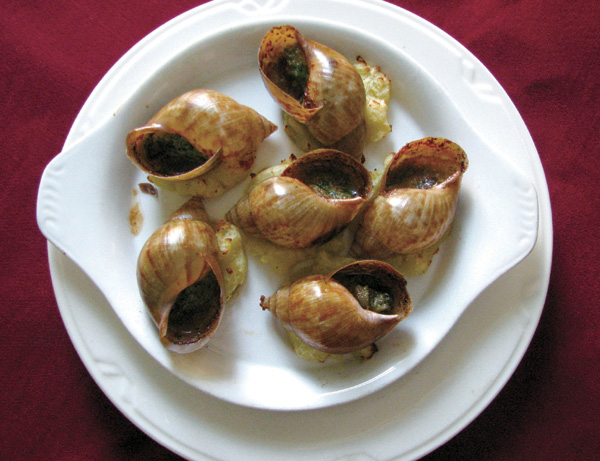 |
|
French snails from Red House and potato salad from Deda are both infused with local Shanghai flavors. [Photo/China Daily] |
"Every dish follows two principles: use the most available ingredients and adapt it to local tastes," said Hou Genquan, a retired chef from Red House, the most sought-after restaurant in the city for this kind of cuisine.
Opened in 1935 by a Jewish-Italian man and his French wife, Red House was originally named Chez Revere and located on Huaihai Road, the Fifth Avenue of Shanghai. For decades, people have queued patiently in long lines outside the red-brick restaurant-similar to the phenomenon caused whenever Apple launches a new product here.
"Of course we had regular dishes like steaks and sautéed mushroom soup, but they never managed to be bestsellers," said Hou.
Ji Bing, a local food writer with 30 years' expertise, said Shanghai locals are natural-born pragmatists who prioritize taste over factors like whether the food is authentic or not. Generally, pork is favored over beef in China and soups are more popular when they contain a number of ingredients.
When baked snails were introduced into the city, some restaurants invented varieties like baked clams or shrimps to satisfy the growing appetite and "they sold like hot cakes," Ji said.
The varieties sold well because such eateries were rare at the time, when frugality prevailed and dining out was rarely encouraged.
There have never been that many restaurants serving hai pai cuisine, said Huang Tiemin, director of the Shanghai Restaurant Association. He estimated the number to be less than a dozen.
Huang noted that in the early days, such restaurants were considered exclusive and enjoyed only by the rich or, on occasion, the less wealthy who were celebrating an important occasion. In Shanghai dialect, going for some Western cuisine is colloquially called kai yang hun, which roughly translates as "taste foreign meat and fish".
As incomes started to climb in the 1990s, driving out to dine became more popular and crowds of fancy restaurants sprouted up to dominate the market.
"Nowadays, young people would rather go to real Western-style restaurants and fork out more for an authentic steak or sautéed mushroom soup," Huang said.
